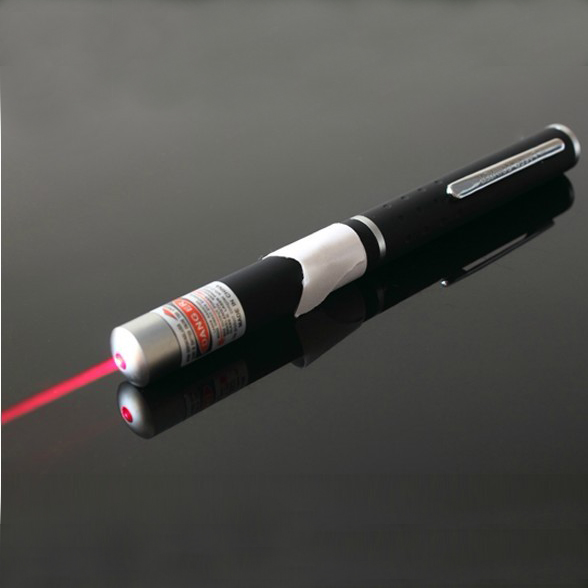Since 1964, the Shanghai Institute of Optoelectronics has started research on neodymium glass, and has gone out of the two academicians of the Chinese Academy of Sciences, Gan Fuxi and Jiang Zhonghong. The team members are currently stable at more than 80 people. From the first generation of neodymium silicate glass to the current phosphate neodymium glass, it has undergone four generations of technological improvements. Hu Lili said that compared with neodymium silicate glass, phosphate neodymium glass is very "charm": when used, the temperature and humidity must be accurately controlled, otherwise the glass will be moldy, and it is also very difficult to smelt. "But its energy amplification ability It is 10 times more than silicate neodymium glass, and the high-power laser pointer device cannot do without it."
No matter how difficult it is, we have to do it! Without it, laser science will hit the frontiers of the world and it will only be on paper. The manufacturing process is fully controlled in the world. Behind the word "overcoming" are the thoughts of sleepless nights, re-starting after repeated failures, countless emergency meetings and abandoned rest days. Along with the life process of getting married and having children, young people regard the technology to be tackled as another child.
Why is neodymium phosphate glass difficult to make? It must meet 28 technical parameters at the same time, almost every one is a difficult hurdle: high-purity raw materials are easy to absorb water, but also have a "character" and lively, and a "lazy" platinum city. Was dismounted by it. In the laser neodymium glass, the existence of impurities is not tolerated. High-power laser devices require thousands of pieces of neodymium glass. They must have the same specifications and performance, so that two or three hundred lasers can finally be accurately focused on a target of only millimeters.
According to traditional methods, it takes an average of two days to melt a piece of neodymium glass. As early as the 1990s, the United States, Japan, and Germany jointly invested in R&D. It took 6 years to master the continuous smelting technology of neodymium glass. "China can't buy neodymium glass abroad, nor can it get the relevant technology. The embargo is imposed on us abroad.
In 2002, with the support of the National Science and Technology Major Project, the journey of continuous smelting technology to overcome neodymium glass began. "This is really difficult!" The green laser pointer challenges the limit of continuous melting of optical glass, with large size, many specifications and extremely high requirements. Remove water, remove platinum, remove impurities... Each pass has to spend two or three years to overcome. Behind the word "overcome", there are nightly thoughts, re-start after failure, countless emergency meetings and abandoned rest days. "The whole team gave up for the Spring Festival holiday for seven consecutive years. Only when the fuchsia glass about 1 meter long and half a meter wide went down the production line and passed the test, everyone's heart will feel a little relaxed.

